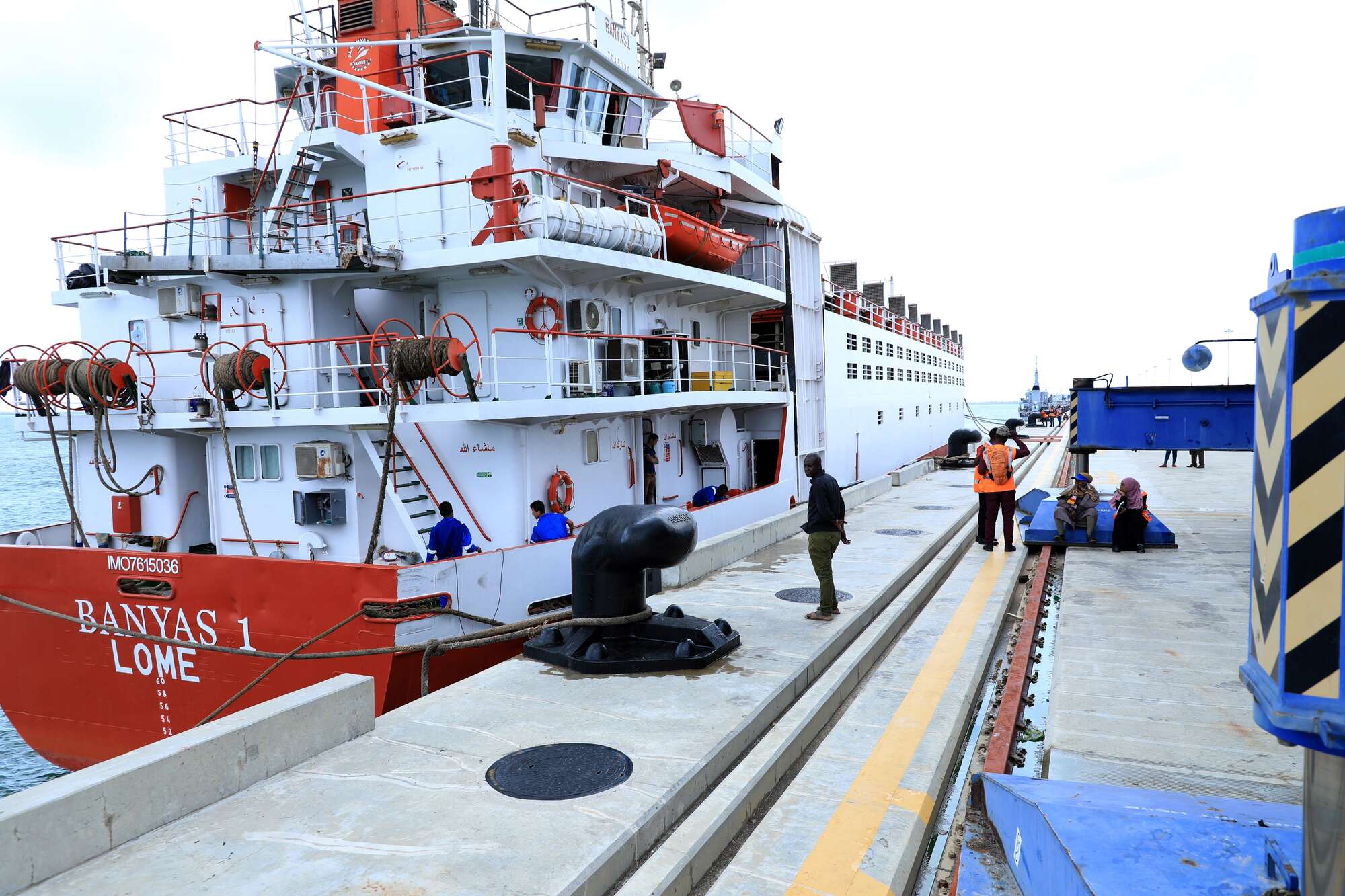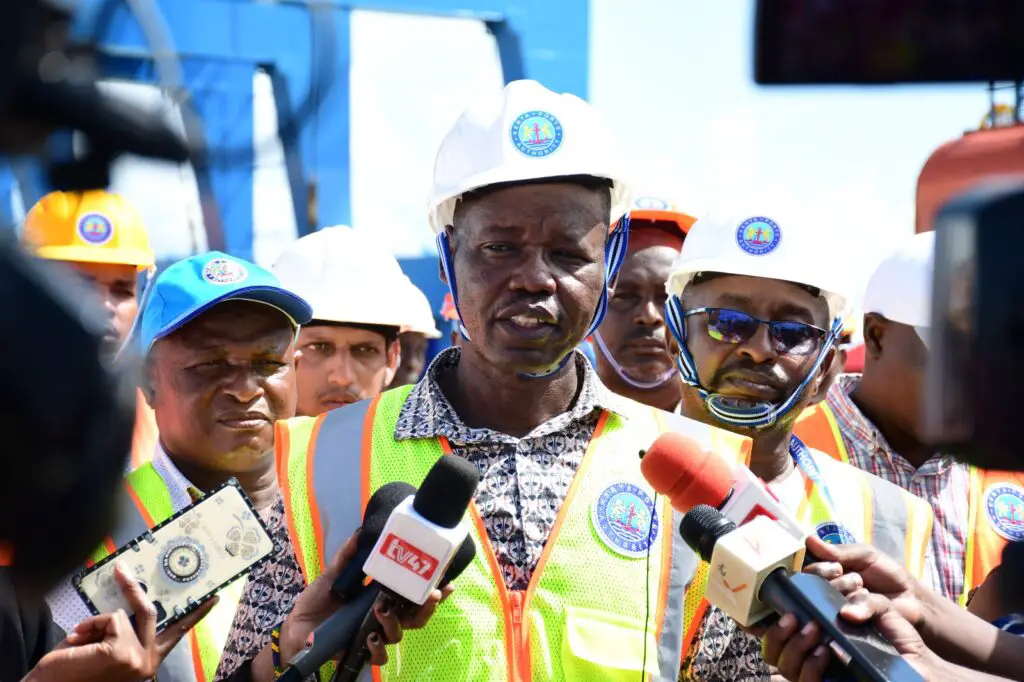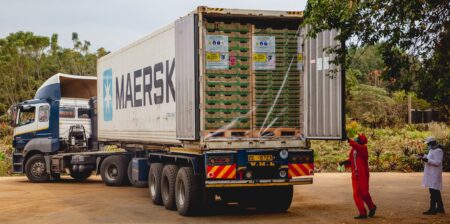- Kenya Ports Authority handled 37,576 metric tons of cargo in 2023, according to its Managing Director.
- The KPA MD revealed the gantry cranes were procured to the tune of $31,493,808
- One of the notable recent investments by KPA is the construction of the second phase of the Lamu Port.
The Lamu port is poised to become a key driver of economic growth and regional integration, according to industry players.
Kenya Ports Authority (KPA) Managing Director Captain William Ruto said the impressive statistics underscore the vital role that the Lamu port plays in facilitating trade and driving growth in the region.
He added that this results from its container capacity of 1.2 million twenty-foot equivalent units (TEUs) across its three berths of 4000 meters each.
“The Lamu facility is poised to become a key driver of economic growth and regional integration,” he pointed out.
Captain Ruto disclosed last year that the county facility handled 37,576 metric tons [MT] of cargo, marking a substantial increase from 6,539 MT in 2022.
He was speaking during the reception of three state-of-the-art super post-Panamax ship-to-shore (STS) gantry cranes at the Lamu port in Lamu county.
The KPA MD revealed the gantry cranes were procured to the tune of $31,493,808, adding that this underscores the state corporation’s commitment to managing the premier ports.
Captain Ruto said these included both the Mombasa and Lamu ports, which serve as vital gateways for regional and international trade.

He added that both facilities also connect the country to the global economy.
“The procurement of the equipment which is waiting the commissioning ceremony is specifically designed to address the unique challenges posed by Lamu conditions,” he said.
The KPA boss said during the brief ceremony that as they celebrate the milestone achievement, there is a need to reaffirm the commitment to realizing the full potential of the facility and the Lamu-Port South Sudan-Ethiopia Transport (LAPSSET) corridor program.
Read Also: Inside Kenya-Uganda oil impasse: Is Kenya revenging the Tanzania pipeline?
Recent Kenya Ports Authority Investments
Kenya Ports Authority (KPA) has been making significant strides in recent times, especially in terms of investments aimed at modernizing and expanding its infrastructure.
These investments are increasingly becoming crucial for the country’s economic growth and position as a critical regional trade and logistics player.
One of the notable recent investments by KPA is the construction of the second phase of the Lamu Port.
This project, part of the Lamu Port-South Sudan-Ethiopia-Transport (LAPSSET) corridor, has received substantial funding and support from various partners, including the Kenyan government, international financial institutions, and private investors.
The second phase involves the development of additional berths, terminals, and related infrastructure to enhance the port’s capacity and efficiency.
Another significant investment by KPA is the ongoing expansion and modernisation of the Port of Mombasa.
This project includes the construction of new berths, dredging the channel to accommodate larger vessels, installing modern cargo handling equipment, and developing logistics facilities.
These upgrades are essential for handling the growing volume of cargo passing through the port and improving ship turnaround times.
KPA has also been investing in technology to enhance its operations. This includes implementing automated cargo tracking and management systems, electronic payment platforms, and digital platforms for communication and collaboration with stakeholders. (https://pattenmonument.com/)
These technological investments improve efficiency and transparency and position KPA as a leader in adopting digital solutions in the maritime industry.

In addition to infrastructure and technology investments, KPA has been focusing on capacity building and talent development.
The authority has been investing in training programs for its staff to enhance their skills and knowledge in port operations, safety and security, environmental management, and customer service.
These investments are crucial for ensuring that KPA remains competitive and capable of meeting the evolving needs in the maritime sector.
The investments made by KPA are expected to yield significant benefits for Kenya’s economy.
Improved port infrastructure and efficiency will attract more shipping lines, increase trade volumes, reduce logistics costs, and create employment opportunities.
Furthermore, modernised and digitised operations will enhance transparency, reduce bureaucratic hurdles, and improve the overall business environment for trade and investment.











